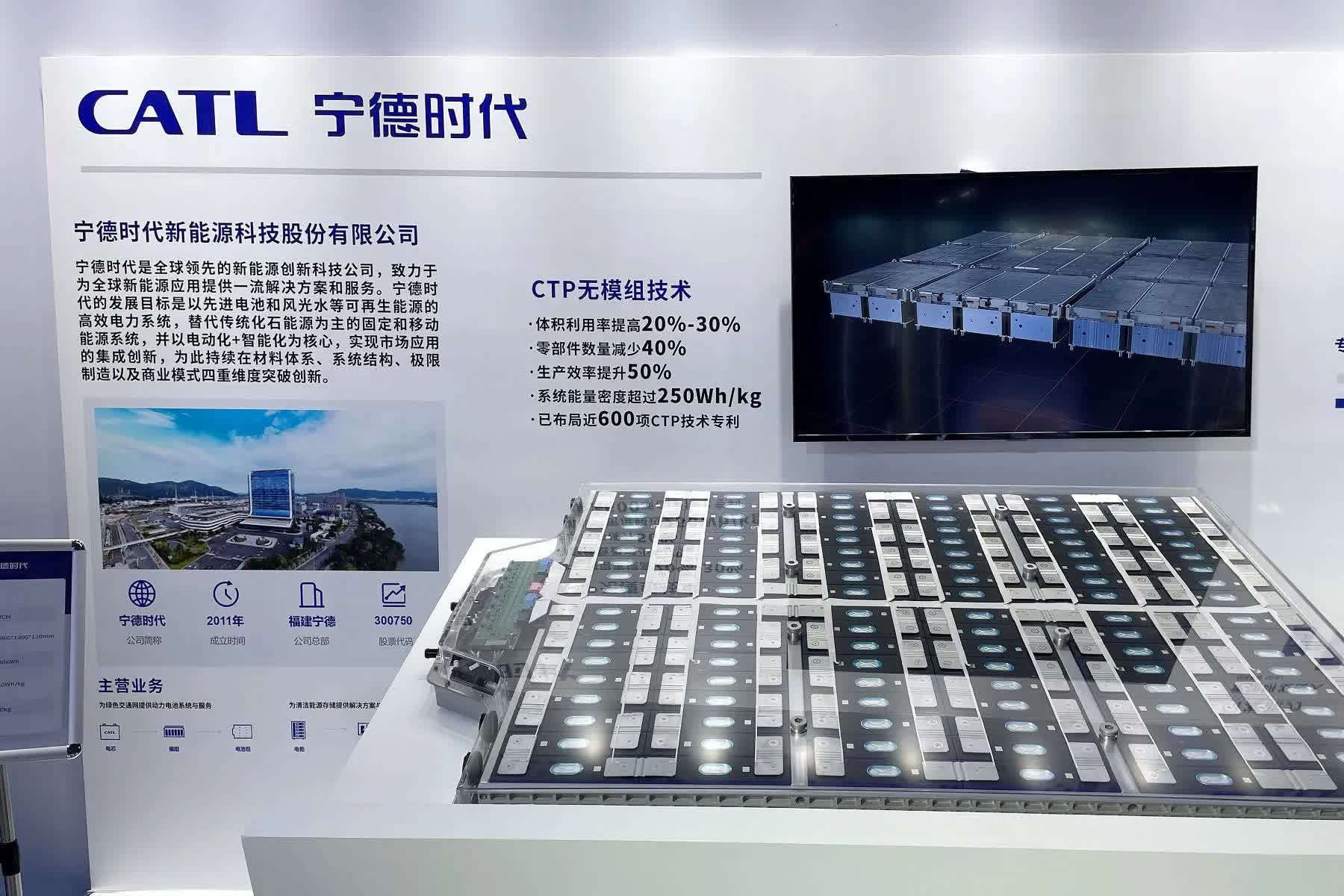03:19:31 am 08/31/2023
Viewed: 5685
There have been several recent developments in battery technology for electric vehicles (EVs) and power walls for homes in the USA. One of the most promising is the development of new fast-charging batteries by the Chinese battery company CATL. The company claims that their new Shenxing batteries can add up to 400 kilometers (about 250 miles) of range in just 10 minutes, which is faster than virtually all EV charging today. CATL plans to produce these batteries commercially by the end of 2023 and hopes that they will “open up an era of EV superfast charging”.
Another exciting development in battery technology is the use of sodium-ion batteries. Sodium is 300 times more abundant than lithium, making it far less expensive. In July, CATL announced that it had developed sodium-ion battery cells with an energy density of 160 Wh/kg, which is close to the energy density of lithium iron phosphate (LFP) batteries. The company plans to increase the energy density of its sodium batteries to 200 Wh/kg by the time production begins in 20232. Sodium batteries promise to have a longer useful life and faster charging times than other batteries, and could be 30 to 50% less expensive than today’s battery cells.
There are also other promising developments in battery technology, such as structural component batteries, carbon nanotube electrodes, and lithium-sulfur batteries. These new technologies have the potential to revolutionize EVs and power walls for homes by improving range, cost, and charging times.
Another exciting development in battery technology is the use of sodium-ion batteries. Sodium is 300 times more abundant than lithium, making it far less expensive. In July, CATL announced that it had developed sodium-ion battery cells with an energy density of 160 Wh/kg, which is close to the energy density of lithium iron phosphate (LFP) batteries. The company plans to increase the energy density of its sodium batteries to 200 Wh/kg by the time production begins in 20232. Sodium batteries promise to have a longer useful life and faster charging times than other batteries, and could be 30 to 50% less expensive than today’s battery cells.
There are also other promising developments in battery technology, such as structural component batteries, carbon nanotube electrodes, and lithium-sulfur batteries. These new technologies have the potential to revolutionize EVs and power walls for homes by improving range, cost, and charging times.
No video exists.





Comments
mitch
alphamale